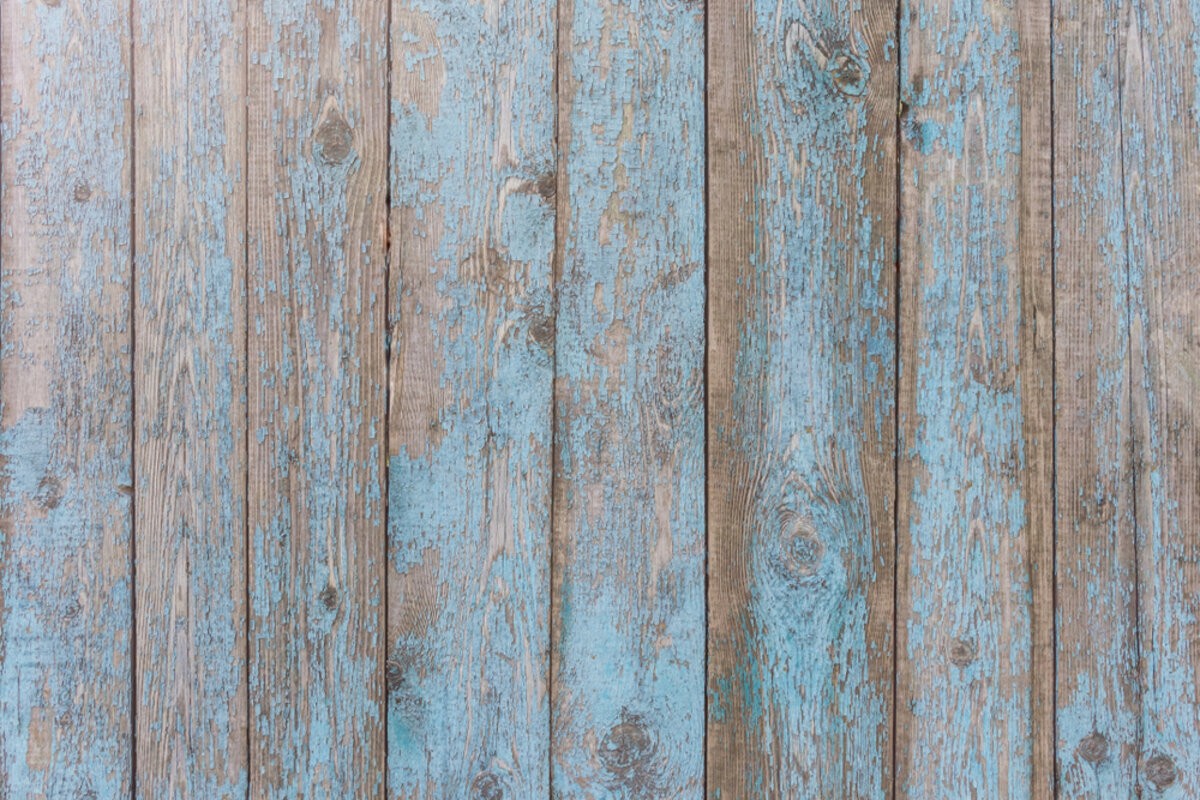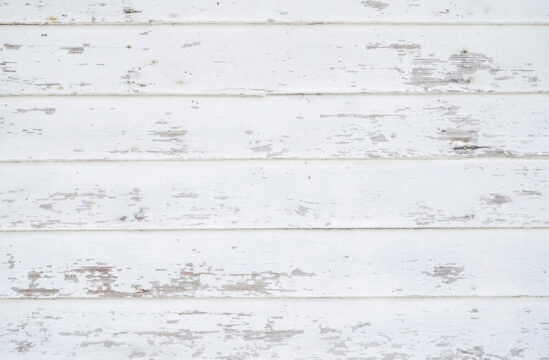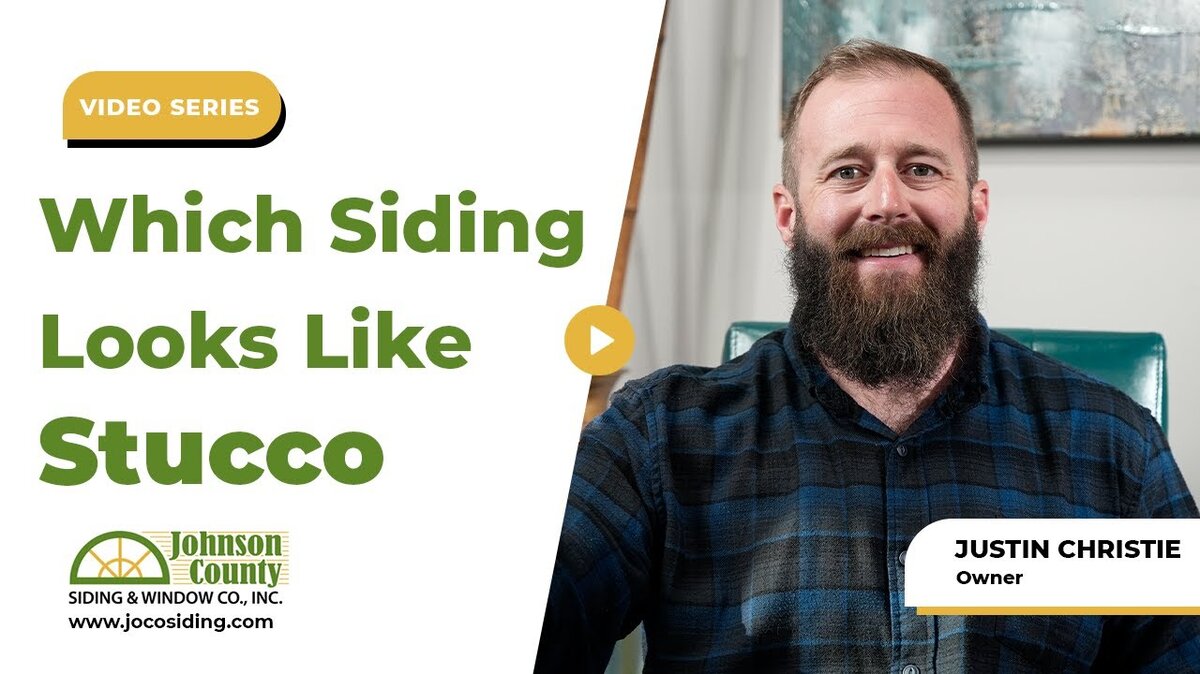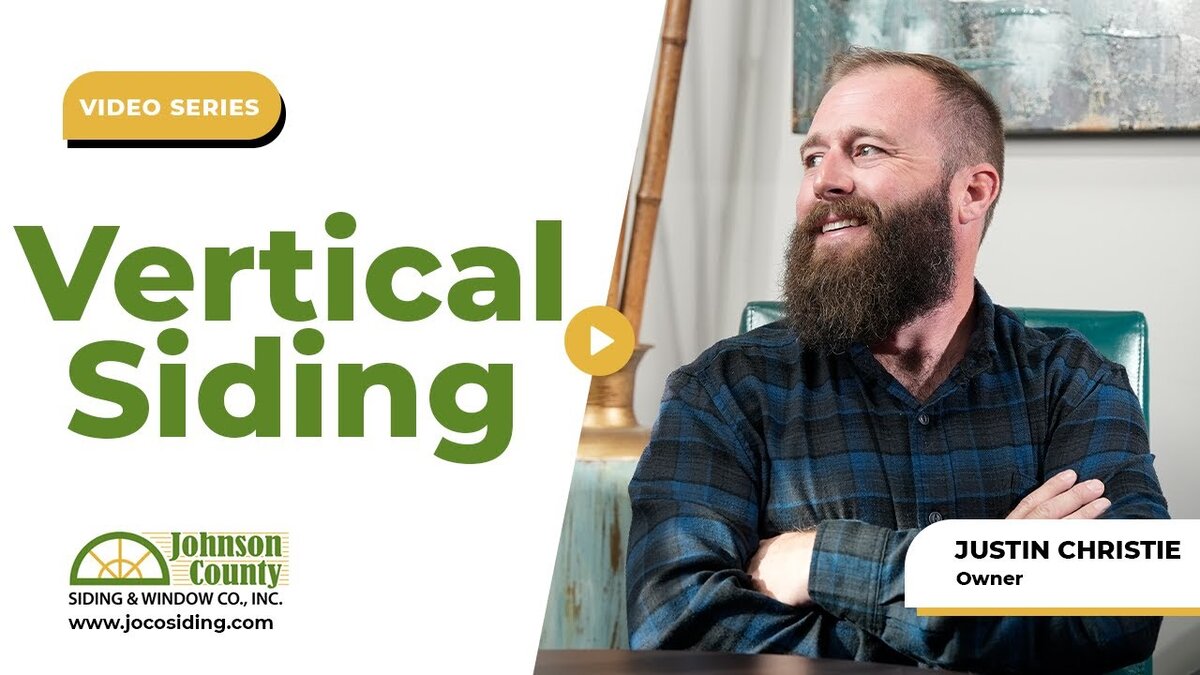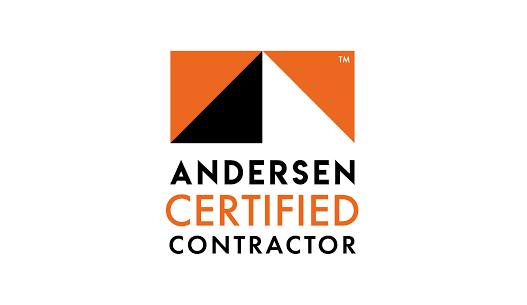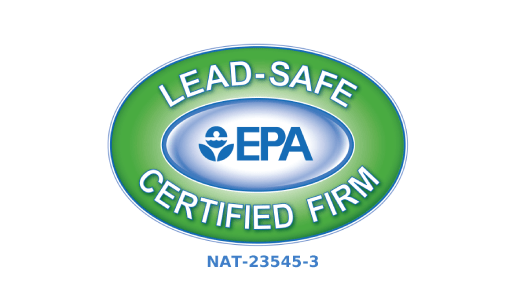The exterior of your home is its first line of defense against the elements, but it’s also the first thing people see. Among the various components that protect and beautify the exterior, siding plays a pivotal role. However, over time, you might notice your siding losing its vibrant color and appeal. This fading can detract from your home’s overall aesthetic and, in some cases, its value. Understanding what causes siding to fade and knowing how to address it can help maintain your home’s beauty and integrity.
Common Causes of Faded Siding
Sunlight Exposure
The most common villain in the story of fading siding is the sun. Ultraviolet (UV) rays can break down the chemical bonds in siding materials, leading to a loss of color. This process, known as photodegradation, affects different materials at varying rates and degrees. For instance, vinyl siding, despite being marketed as “fade-resistant,” can still show signs of discoloration over time if continuously exposed to harsh sunlight.
Weather Conditions
Aside from the sun, other weather elements contribute to the fading of your home’s exterior. Extreme temperatures, whether hot or cold, can cause materials to expand and contract. This constant movement can lead to cracks and fading over time. Additionally, areas of your home that face frequent storms or are exposed to salt (in coastal regions) may fade more quickly due to the abrasive effects of wind, rain, and salt.
Poor-Quality Materials or Installation
Not all siding is created equal. Lower-quality materials are more prone to fading, as they may not be equipped with adequate UV protection or may have a less durable coloration process. Similarly, improper installation can lead to issues like water infiltration behind the siding, which can exacerbate fading and cause other damage.
Solutions for Restoring Faded Siding
Cleaning and Maintenance
Regular cleaning can work wonders for siding that has begun to lose its luster. Often, what appears to be fading can partially be due to the accumulation of dirt, mildew, and algae. Gentle washing with appropriate cleaning solutions can restore some of the siding’s original appearance. However, it’s crucial to follow the manufacturer’s recommendations to avoid damaging the material.
Repainting or Refinishing
For materials like wood or certain types of metal siding, repainting or refinishing can be an effective way to combat fading. This not only revives the look of your home but also adds an extra layer of protection against the elements. When choosing paint or refinishing products, opt for those specifically designed for exterior siding use and with UV-resistant qualities.
Replacement with High-Quality Materials
In some cases, the best solution for addressing fading is to replace old siding with new, high-quality materials. Modern siding options come with advanced UV protection and are engineered to resist fading for longer periods. When selecting new siding, consider products with long-term warranties against discoloration and ensure they’re installed by certified professionals to guarantee the best outcome.
Prevention is Key
While understanding what causes siding to fade and how to fix it is essential, prevention is always the best strategy. Choosing the right materials from the start, ensuring professional installation, and committing to regular maintenance can significantly prolong the life and beauty of your home’s siding. By taking these proactive steps, you can enjoy vibrant, durable siding that withstands the test of time and the elements.
Conclusion
The journey to maintaining the beauty of your home’s siding is an ongoing one, with sunlight exposure, weather conditions, and material quality playing significant roles in its fading. However, through regular maintenance, strategic repairs, or even replacement, you can ensure that your siding remains as vibrant and protective as the day it was installed. For personalized advice or assistance, don’t hesitate to contact Johnson County Siding & Window Co. Inc. today for more information.

